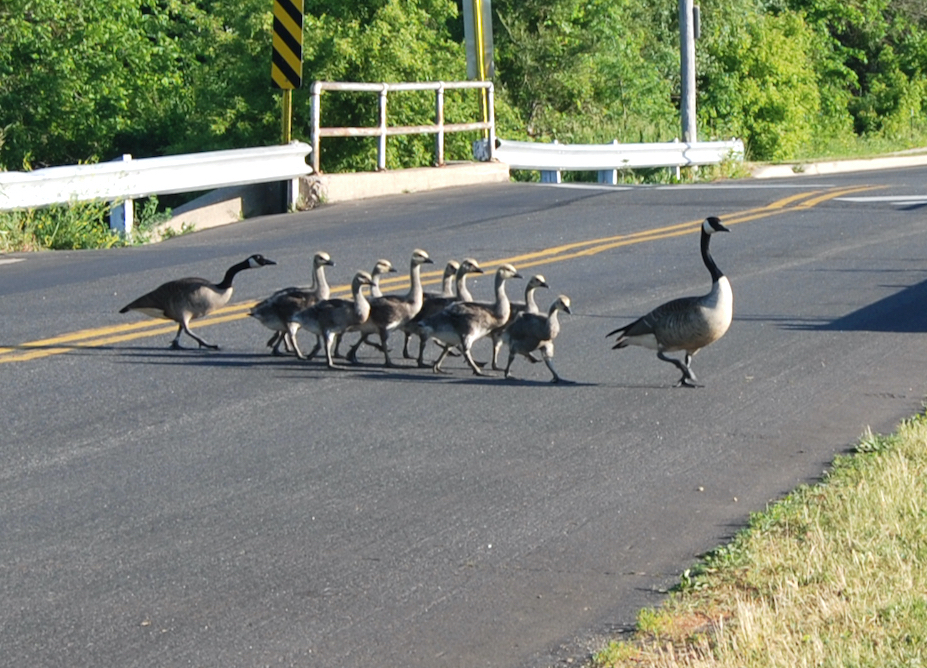By Anita Martin
Waterfowl hunting season in Wisconsin will soon be open.
When it comes to hunter safety and avian influenza, plus worker safety and avian influenza, it’s time to consider precautions.
Within the next three weeks, our state’s hunting seasons open for geese and teal, followed by youth waterfowl season, which opens Sept. 14-15, and woodcock and coot a couple weeks later.
A list of upcoming hunting seasons, as offered by the Wisconsin Department of Natural Resources (DNR), is here: https://dnr.wisconsin.gov/topic/hunt/dates.
During the last two weeks of July, numerous hunter-harvested birds, many of which were collected in October and November 2023, were detected as having H5N1 avian influenza. Among them were American green-winged teal in Idaho, Iowa, Minnesota, Oregon, and South Dakota; American wigeon in Oregon; northern shovelers and gadwalls in Oregon; northern pintails in Minnesota and Oregon, and mallards in Idaho, Minnesota, and North Dakota. All of the aforementioned species make their homes or migrate through Wisconsin, and additionally, wild bird mortalities, including loon and Canadian geese, collected in the Wisconsin counties of Dunn and Langlade last October, were confirmed as diseased on July 30, 2024.
The American Veterinary Medicine Association cautions that exposure to avian flu virus while handling waterfowl may occur more frequently than expected and recognized. Their website, https://www.avma.org/resources/public-health/disease-precautions-hunters#avian_influenza, provides helpful guidelines for protecting hunters from risk of avian disease as well as illnesses like brucellosis, CWD, Q fever, Ehrlichiosis (tick-related) and Lyme Disease.
Note, however, that the statement on the site regarding bird flu illness not having been detected in dogs is no longer accurate. Links to information regarding bird flu and dogs are found here: http://fortatkinsononline.com/wp-content/uploads/2024/08/bird-flu-in-dogs.pdf.
What’s the significance of these recently reported bird flu infections? Given the potential exposure hunters as well as their dogs may unknowingly have to active highly pathogenic virus this fall, it seems time to spread the word about risks and biosecurity measures for folks in the fields.
Speaking of species succumbing to the current avian flu virus, more than a dozen deer mice along with several house mice in Colorado and New Mexico recently contracted the disease. According to available information, authorities have not detected H5N1 in deer mice and house mice here in Jefferson County or elsewhere in Wisconsin.
The H5N1 virus and its circulating variants have been infecting dairy cows and livestock poultry with a vengeance this summer, with Kandiyohi County, Minn., which is less than 400 miles from Jefferson County, hard hit once again, having lost 41,500 breeder turkeys since the start of July.
In a mere six-week period, we’ve seen affected dairy herd numbers in the U.S. go from 39 confirmed to 189 in 13 states. To date, officials have not reported any cases of infected dairy cows in Wisconsin, nor any infected livestock workers.
Whirlwind of information brings media challenges
It’s been challenging for media sources, governmental bodies, and others to keep up on the ever-changing profile of H5N1, frequent outbreaks, and the species impacted, including about a dozen humans, farm workers since March 2024. Many websites and social media sources need to update the avian influenza information they are providing, including the Wisconsin DNR and Wisconsin DATCP. Making information more prominent and easier to readily access helps promote public health and safety and protects wildlife, livestock, and farm workers.
Andrea Garcia, JD, MPH has expressed concerns over findings from a small study involving 14 workers at two H5N1-infected dairy farms, showing a nearly 15% rate of antibodies to the virus. Garcia, a vice-president of science, medicine, and public health at the American Medical Association (AMA), says we need more testing of agriculture workers and more precautions. She also points to increased efforts and new funding available to get U.S. livestock, dairy, and poultry workers vaccinated against seasonal flu. While getting the flu shot won’t prevent someone from becoming ill with bird flu if they are exposed, it can reduce the chances of someone getting both the regular flu and the bird flu at the same time, she says.
The Aug. 7, 2024 AMA podcast provides more information on why it’s important to avoid co-infections, from a potential pandemic prevention perspective. As other experts also point out, if the two viruses exchange genetic materials, the possibility of “creating something newly terrifying” exists.
A link to the podcast is here: https://www.youtube.com/watch?v=z-O6mZm-9TY.
Additional information from the AMA is here: https://www.avma.org/resources-tools/animal-health-and-welfare/animal-health/avian-influenza/avian-influenza-virus-type-h5n1-us-dairy-cattle.
Avian influenza updates are found here: https://www.aphis.usda.gov/sites/default/files/fsc_hpai_hunters.pdf, here: https://www.cdc.gov/bird-flu/prevention/worker-protection-ppe.html, here: https://www.cdc.gov/flu/pdf/avianflu/protejase-del-virus-h5n1_Spanish.pdf, and here: https://www.dhs.wisconsin.gov/influenza/avian.htm.
More awareness needed
As a person who has spent time watching avian flu statistics develop, I’d like to suggest that it would be beneficial to everyone if we all did our part to help spread the word about the avian influenza virus. Let’s make it a point to talk with at least one person daily about bird flu, and pass along this column to those who might be interested. In this way, we can increase the awareness of information, and not the volume of influenza cases.
Anita Martin is a longtime freelance journalist whose work has appeared in such publications as the Waterloo/Marshall Courier, The Madison Times, Agri-View, Dane County Lifestyles (formerly 50 Plus Lifestyles newsmagazine), Verona Press and Wisconsin Woman magazine, covering such topics as health and wellness, and women’s and multicultural issues. More recently, she has developed interest in such topics as environmental issues, avian influenza and other zoonotic diseases, and public health.












